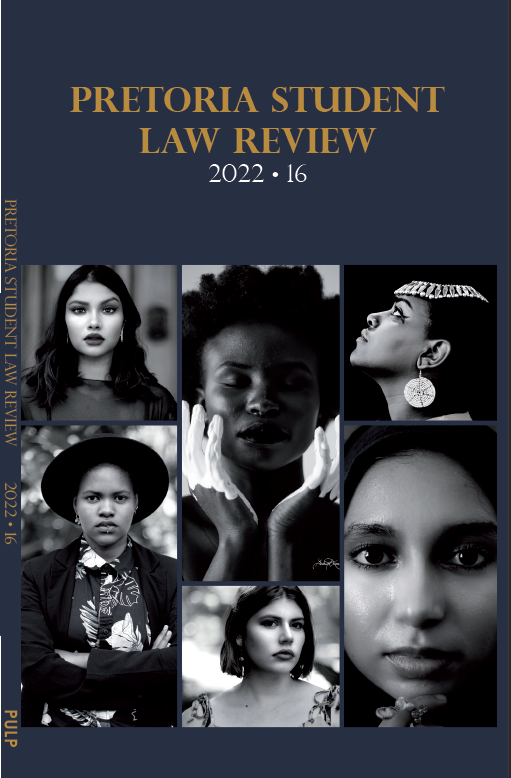POLICE BODY-WORN CAMERAS: A FOURTH INDUSTRIAL REVOLUTION DEMAND FOR SOUTH AFRICA?
DOI:
https://doi.org/10.29053/pslr.v16i1.4503Abstract
Incidents of police brutality are increasing around the world. South Africa faces its own excessive use of force by police as exemplified by the case(s) of Khosa v Minister of Defence and Military Veterans, as well as that of Nathaniel Julies. Countries such as the United Kingdom (UK) and the United States of America (US) have seen positive results from leveraging advancements in technology to provide detailed, first-hand accounts of what happens during a police encounter. In light of the fourth industrial revolution, which brings with it advancements in data processing and storage, the purpose of this article is to investigate what value such advancements in technology might hold for the South African criminal justice system. Possible barriers to its implementation will also be investigated. The article further analyses the effects of body-worn cameras in the UK and US jurisdictions on improved police-citizen encounters and overall quality of policing. Body-worn cameras have been found to have value in improving police-citizen encounters. However, its adoption may be slow because of budgetary constraints related to Information Technology (IT) infrastructure.





